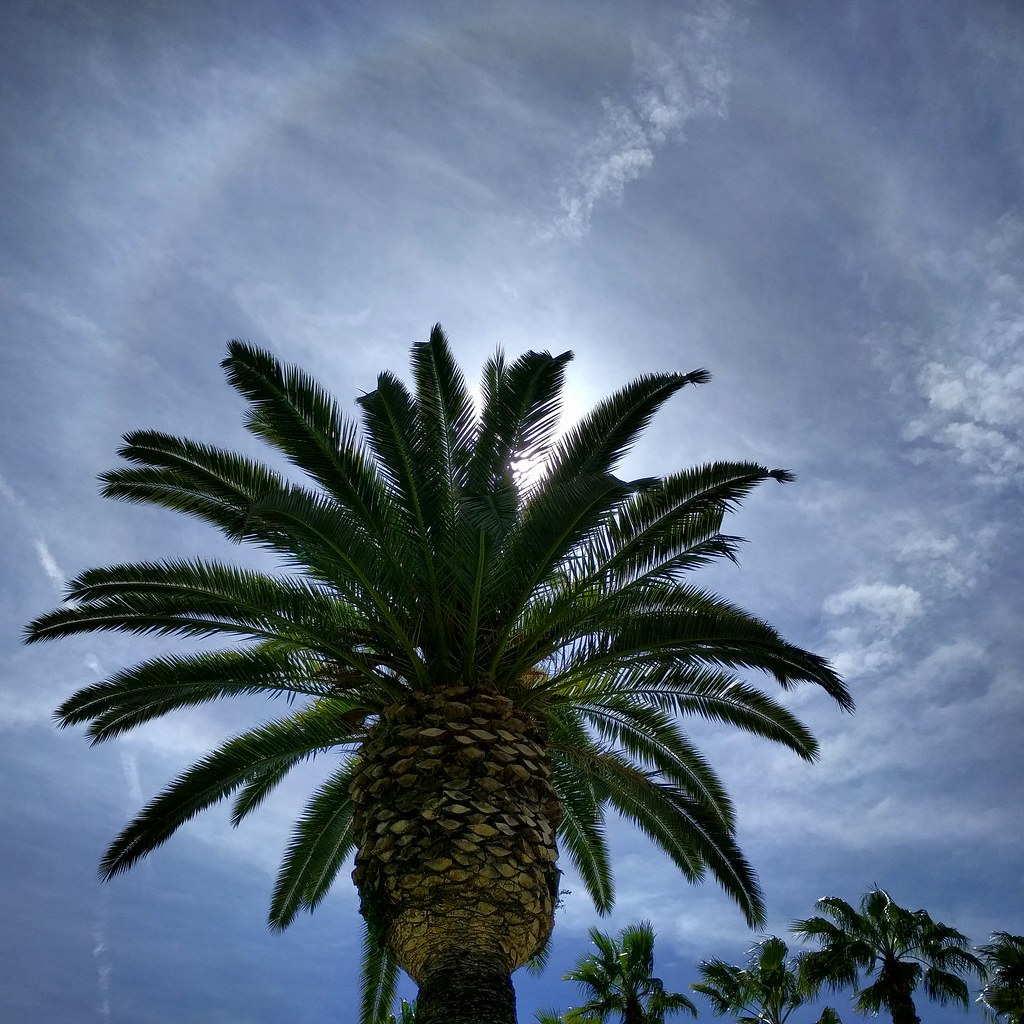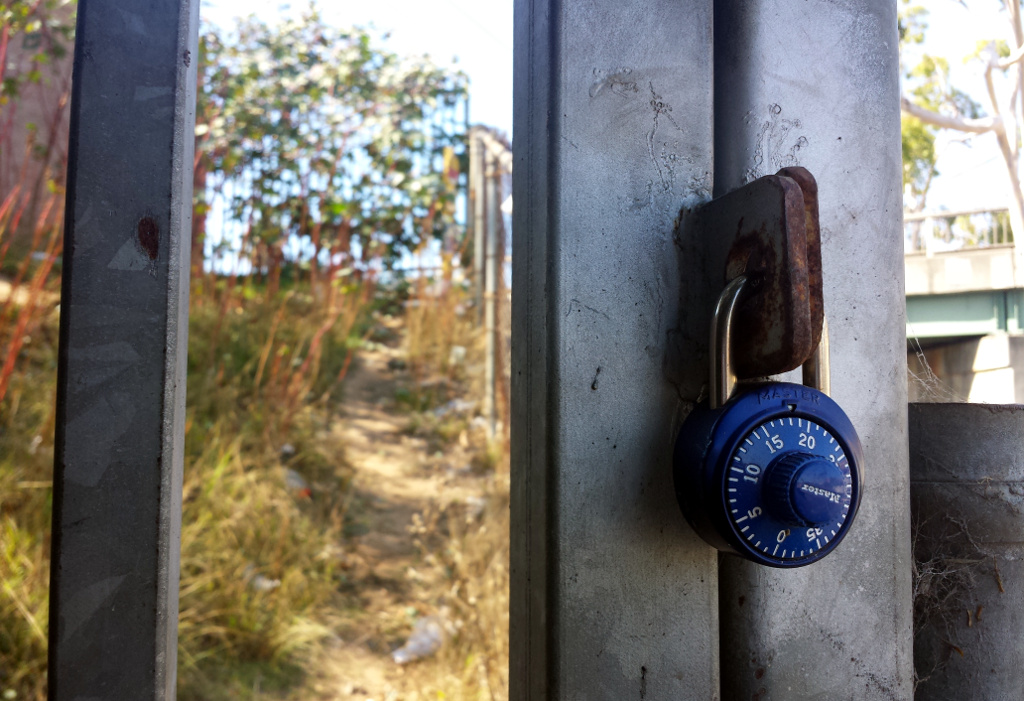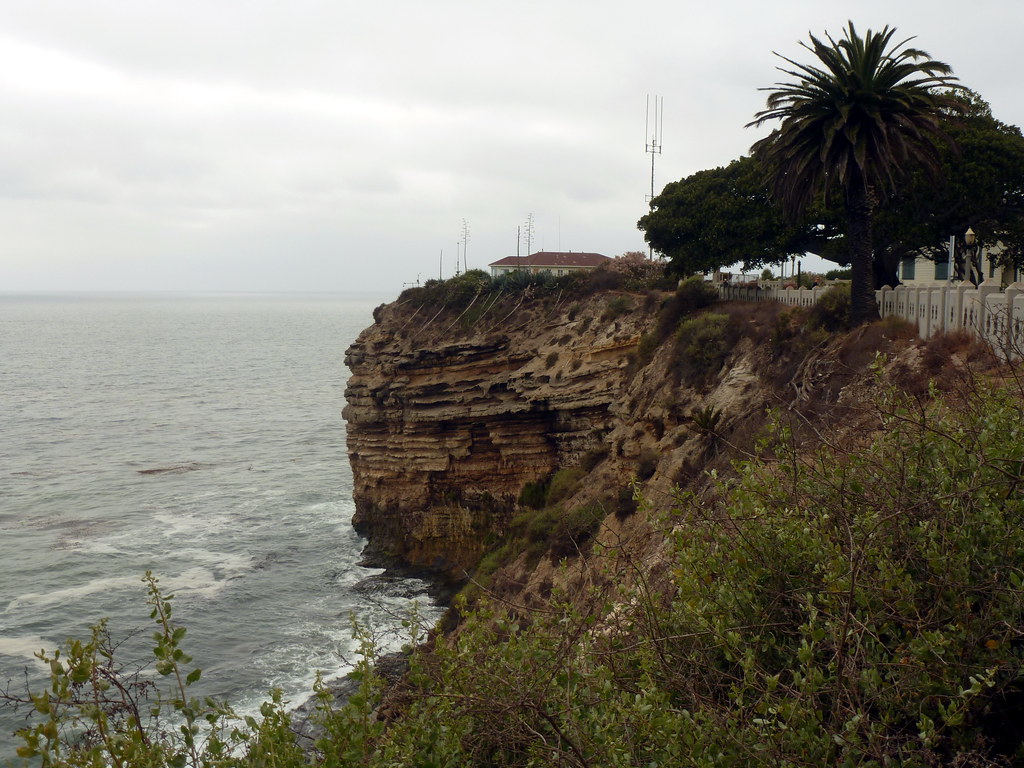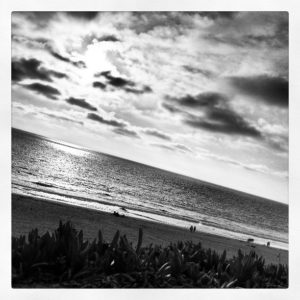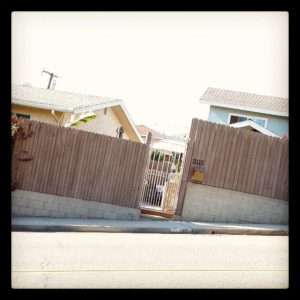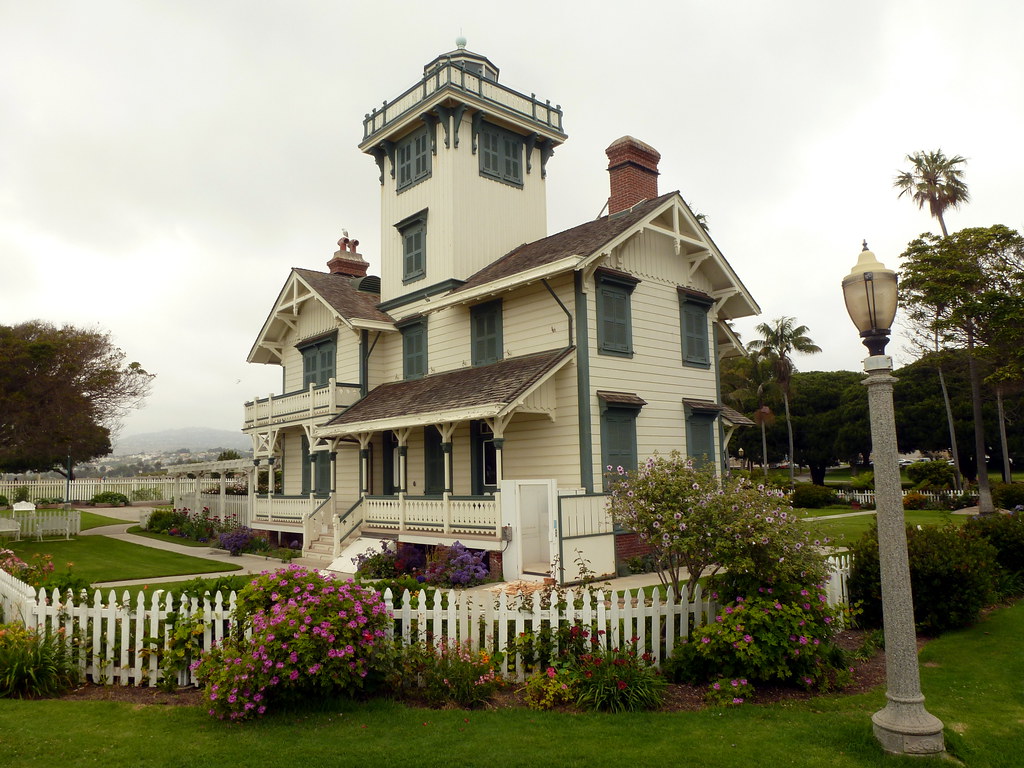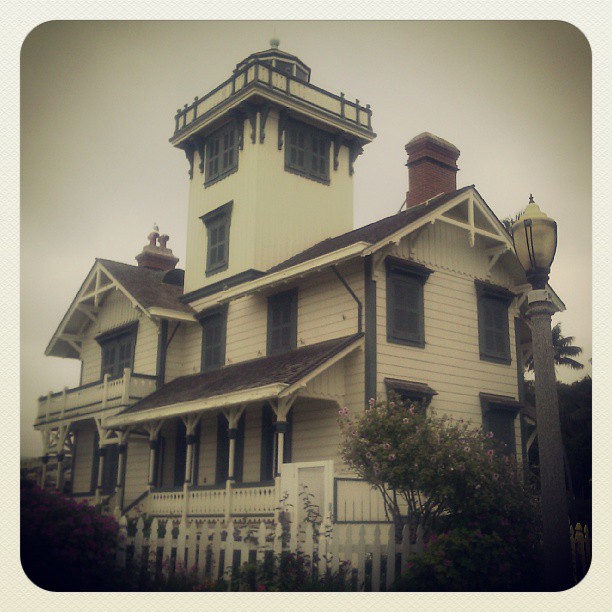Have you ever seen a ring around the sun? Or a pair of bright spots flanking it? Or a rainbow-colored cloud? Just as sunlight reflecting and refracting inside raindrops can create a rainbow, sunlight reflecting off of ice crystals can form fascinating and beautiful halos. It doesn’t even have to be cold at ground level: if the ice crystals are high up in the atmosphere, spread in a thin layer of cirrus cloud, you can still see them… even in places known for warm weather like Los Angeles. I have a whole gallery of halo photos I’ve taken in southern California. (Edit: Most of them here on this blog too!) You’ll see them more often than you expect. You just have to look up.
Photo Challenge (WordPress): Look Up
